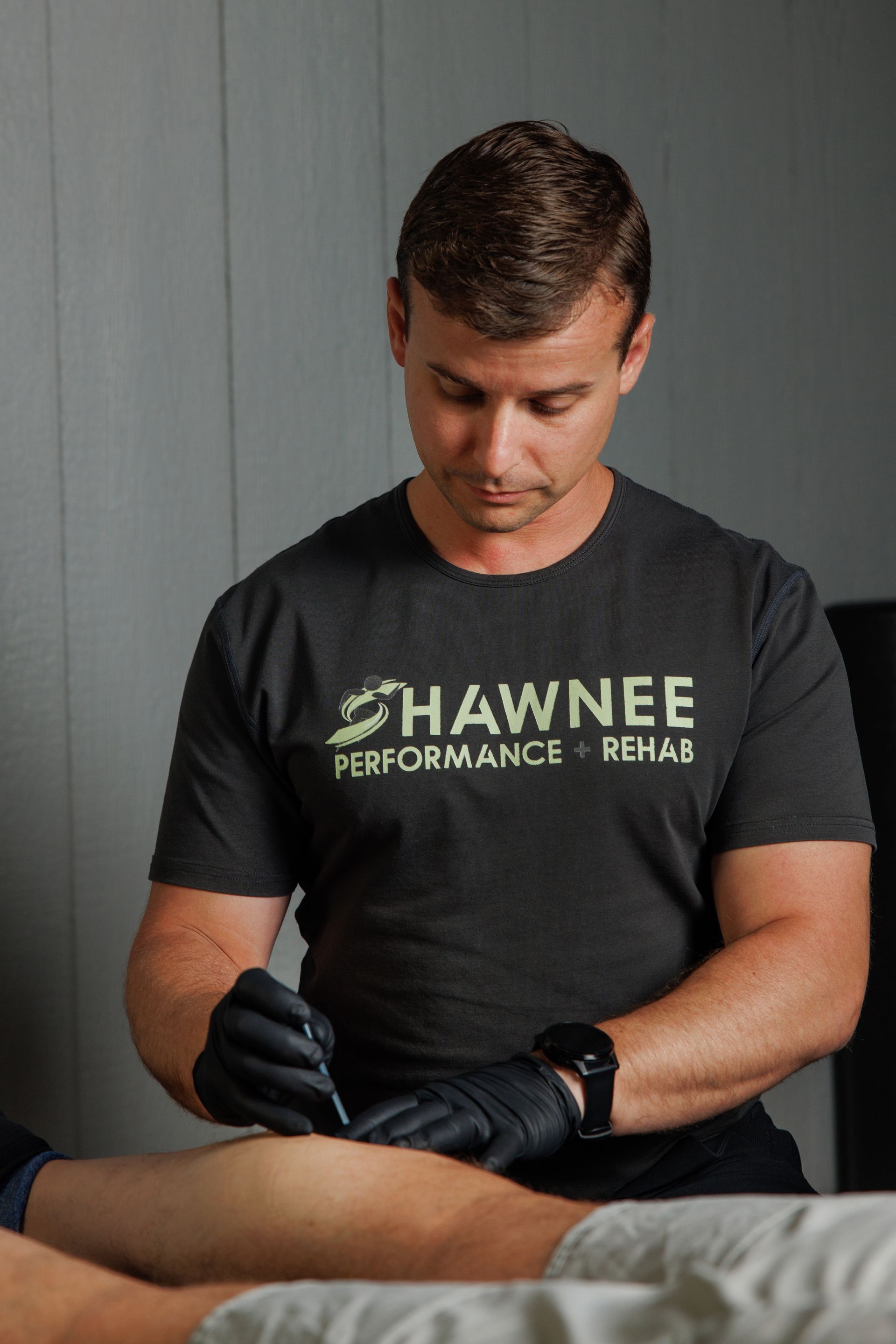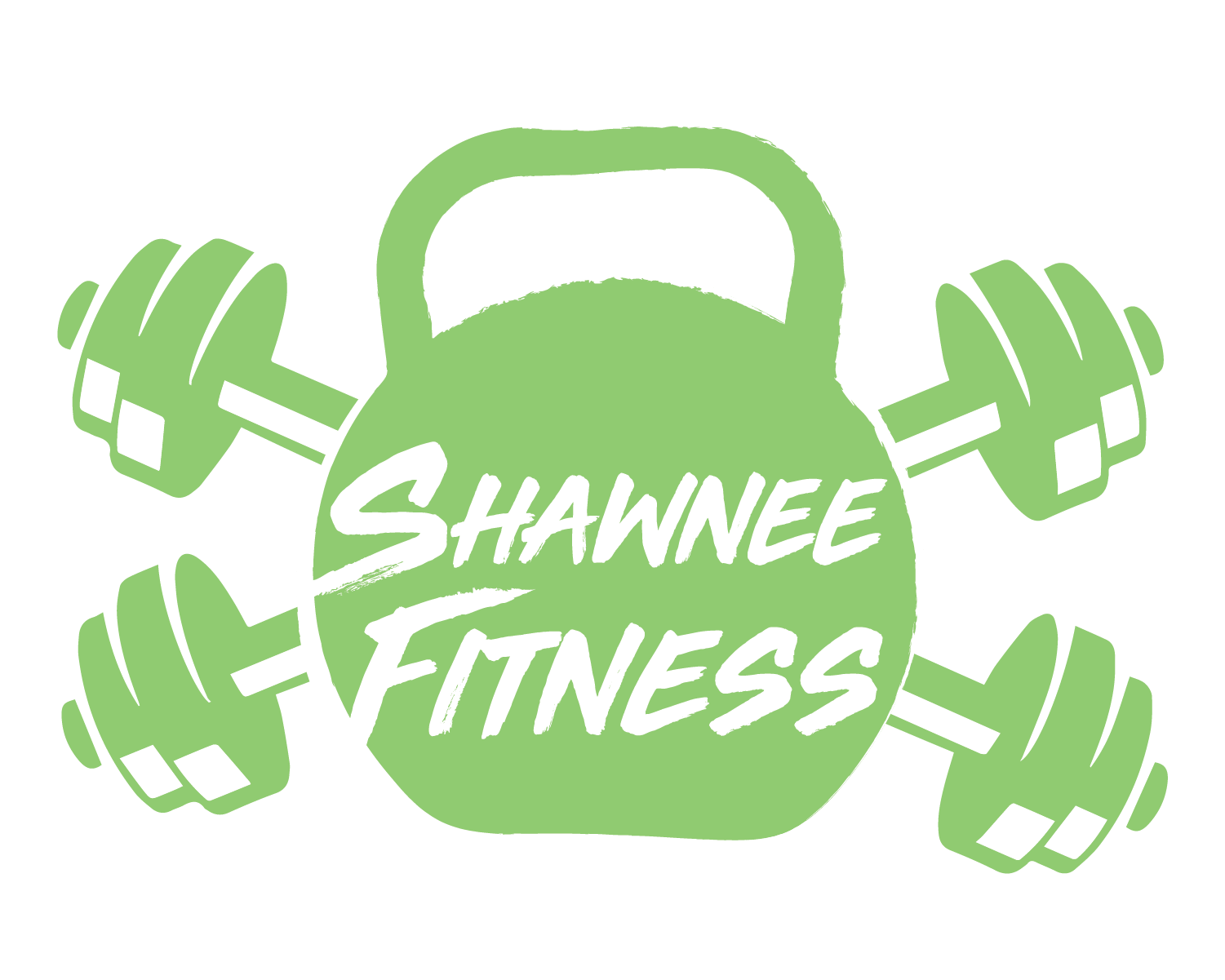
The Benefits of Dry Needling in Physical Therapy Whether you’re recovering from an injury, dealing with chronic pain, or simply trying to move better, physical therapy offers a variety of techniques to help restore function and reduce discomfort. One treatment that continues to grow in popularity—and for good reason—is dry needling. Dry needling is a targeted, evidence-based therapy used by licensed physical therapists to treat pain, improve mobility, and release muscular tension. While it may look similar to acupuncture, the purpose and application are very different. Instead of influencing energy pathways, dry needling focuses directly on dysfunctional muscles and trigger points to reset movement patterns and support healing. How Dry Needling Works Dry needling uses a thin, sterile filament needle inserted into tight muscles, knots (trigger points), or areas of inflammation. The needle stimulates the muscle and nervous system, creating a small, controlled therapeutic response. Many patients feel a quick twitch response in the muscle—this is a good sign. It means the muscle is releasing tension and beginning to reset. Key Benefits of Dry Needling 1. Reduces Muscle Tension and Trigger Points Trigger points are tight, irritable bands of muscle that can cause pain locally or refer pain to other areas—such as neck tension triggering headaches. Dry needling helps release these knots from the inside out, leading to: Less stiffness Improved flexibility Better movement patterns 2. Provides Fast Pain Relief Many people experience noticeable pain reduction after just one session. This is because dry needling helps: Reduce nerve sensitivity Increase blood flow to injured tissue Calm the neuromuscular system Conditions commonly treated include: Neck and back pain Shoulder injuries Sciatica Plantar fasciitis Headaches and migraines 3. Improves Mobility and Movement Quality When muscles are chronically tight, weak, or restricted, movement becomes inefficient and painful. By releasing active trigger points and overactive muscles, dry needling helps restore normal function—allowing physical therapy exercises to be far more effective. 4. Speeds Up Recovery From Training or Injury Whether you’re an athlete or someone recovering from a strain or overuse injury, dry needling accelerates the healing process by: Increasing circulation Stimulating tissue repair Reducing compensatory muscle patterns It pairs especially well with corrective exercise and manual therapy. 5. Helps Break the Cycle of Chronic Pain Persistent muscle tension can create a loop of inflammation, reduced movement, and more pain. Dry needling interrupts this cycle by targeting the root cause—dysfunctional muscle tissue—rather than just the symptoms. I s Dry Needling Safe? When performed by a trained and licensed physical therapist, dry needling is considered safe and low-risk. Most people describe the sensation as mild pressure, a twitch, or a quick ache. Some temporary soreness can occur afterward, similar to post-workout muscle soreness. Who Can Benefit From Dry Needling? Dry needling may be helpful for: Athletes with overuse injuries Individuals with chronic pain Patients recovering from orthopedic surgery People with limited mobility from muscle tension Anyone experiencing muscle knots, spasms, or movement restriction Final Thoughts Dry needling is a powerful treatment option that can help reduce pain, release tension, and improve movement when combined with a comprehensive physical therapy plan. If you’ve been dealing with persistent discomfort or slow recovery, this approach may be an effective next step. Want to Know If Dry Needling is Right for You? A physical therapy evaluation can determine whether this treatment fits your goals and condition. Many patients experience relief quickly—and appreciate how well it integrates with strengthening and mobility exercises.


